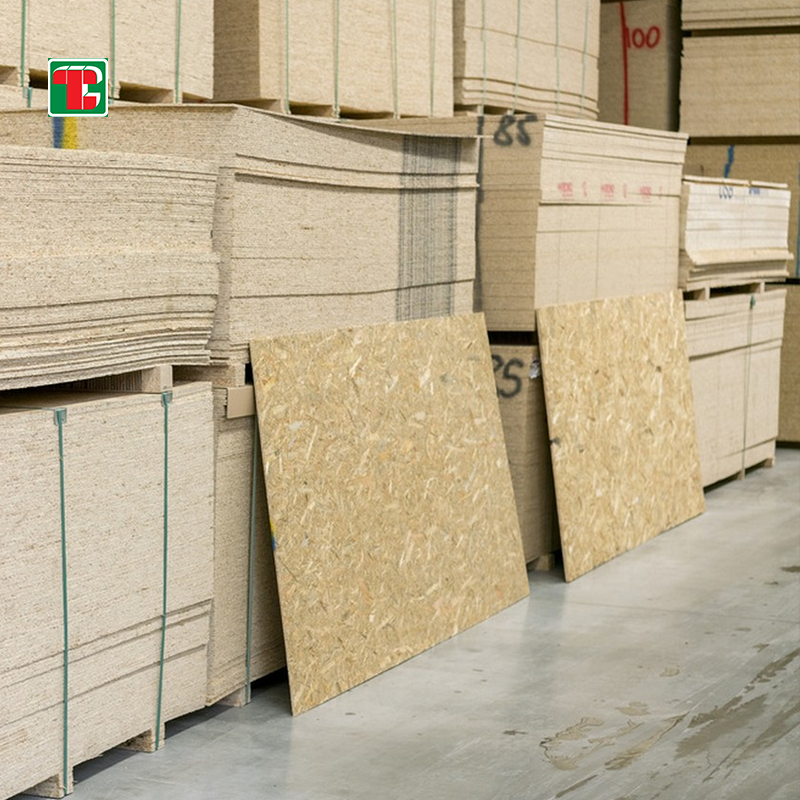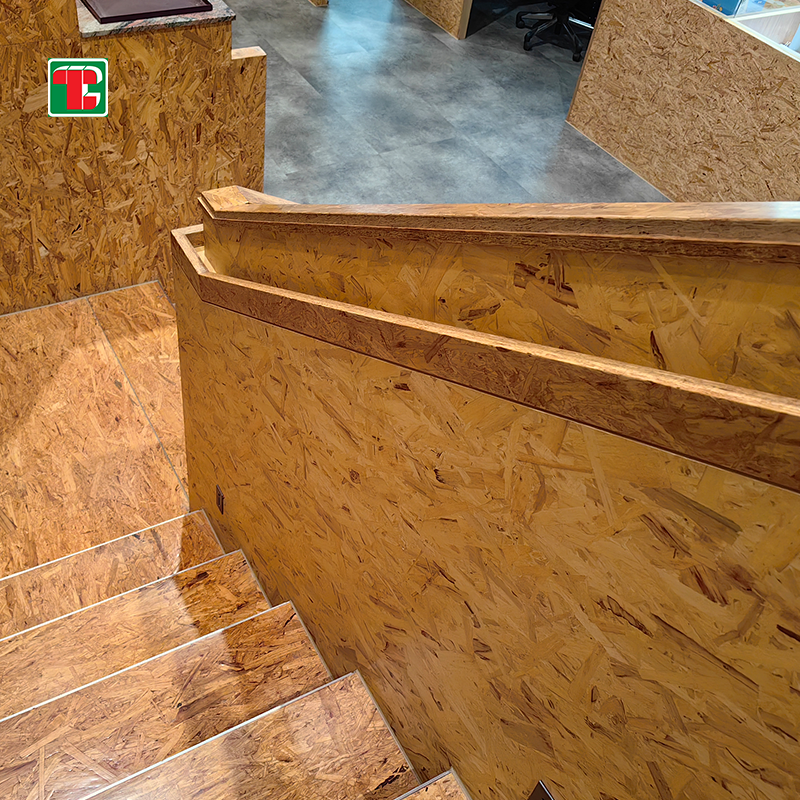In the world of construction and interior design, Oriented Strand Board (OSB), a versatile engineered wood panel, has gained significant importance due to its myriad benefits and wide range of applications. Crafted using waterproof heat-cured adhesives and rectangularly-shaped wood strands in cross-orientated layers, OSB presents an excellent alternative to other similar materials such as plywood. In this article, we will delve deep into every detail of OSB - its origins, manufacturing process, applications, comparison with other materials, and its market dynamics. Our objective is to provide a comprehensive understanding of OSB, assisting prospective buyers or users in making well-informed decisions.
Understanding OSB
Oriented Strand Board, or OSB, is an engineered wood panel constructed using rectangular wood strands bonded together with waterproof, heat-cured adhesives in strategic cross-oriented layers. This unique manufacturing process gives OSB its signature strength and versatility, while also maximizing resource efficiency.
OSB is characterized by its exceptional strength, excellent resistance to deflection, warping, and distortion, and impressive water resistance. These properties make it much more than merely a building material; instead, it’s a testament to engineering ingenuity. OSB is often used in situations where structure reliability is crucial, thanks to its unwavering durability and stability.
OSB first entered the construction scene in the late 1970s, primarily as an alternative to plywood - a material widely used at the time but was becoming increasingly expensive and limited. With technological advancements and the high demand for sustainable building materials, OSB quickly made its mark, becoming one of the most preferred choices for architects, builders, and consumers worldwide. Its evolution has been marked by the continuous improvement of its performance characteristics, as well as expansion in its range of applications.

The Manufacturing Process of OSB
The manufacturing process of OSB is quite detailed and precision-focused. First, logs are cut into strands that are about the size of a sheet of paper and are then dried to an appropriate moisture level. Following this, these strands are arranged in layers, with each layer oriented at a right angle to the one before it. They are then mixed with a waterproof, heat-curable adhesive and formed into a mat under pressure. Subsequently, this mat is heated, firmly solidifying the adhesive and creating a strong, uniform panel.
The primary raw material used in the manufacture of OSB is small-diameter, fast-growing trees, an aspect that adds to its sustainability appeal. This includes species like poplar, southern yellow pine, aspen, and mixed hardwoods. The adhesive typically used is a formaldehyde-based resin, though alternative, formaldehyde-free options exist as well.
Even imperfect, fast-growing trees have their use in OSB manufacturing. This not only signifies efficient use of available resources but also makes a strong case for OSB's eco-friendly aspect since it reduces the pressure on slow-growing, mature trees, conserving biodiversity.
Utilizing heat and pressure in the manufacturing process of OSB is imperative to create a robust and durable product. High temperatures cure the adhesive, creating strong bonds between the wood strands, while sufficient pressure ensures a compact, uniformly dense product, enhancing overall performance characteristics like strength and stability.

The Usages of OSB
Being an engineered wood product of notable strength and reliability, OSB has seen wide applications across various industries, few of which include:
1.Construction Industry: For sheathing in walls, flooring, and roof decking.
2.Furniture Manufacturing: In the production of furniture pieces and cabinets.
3.Packaging Industry: As packing cases or pallets.
4.DIY Projects: Used in home decor and small-scale woodworking projects.
5.Vehicle Manufacturing: In the production of trailers, vans, and mobile homes.
3.Packaging Industry: The strength and resilience of OSB make it an ideal choice for manufacturing packing cases
Comparison of OSB and Other Similar Products
Both OSB and plywood are manufactured wood products used in similar applications, however, they vary in their structure, properties, and performance characteristics.
Pros: OSB stands out for its exceptional strength, versatility, and cost-efficiency. It possesses strong resistance against warping, crowning, and twisting. Its ability to be manufactured from rapid-growing, small-diameter trees makes it a more sustainable choice.
Despite some disadvantages, OSB holds its ground in the market due to its high-performance qualities and cost-effectiveness. Its structural integrity, coupled with its sustainability appeal, makes it an attractive choice for various industries. Moreover, technological advancements have led to the development of more moisture-resistant and high-performance OSB products, broadening its market acceptance even further.

Market Outlook and Price Information of OSB
The price of OSB varies based on the region, manufacturer, and prevailing market conditions. It also significantly depends on the thickness, size, and specific grade of the product. A general range could be from $20 to $40 per sheet, though current prices should be verified with local suppliers.
The global OSB market appears promising, with forecasts projecting steady growth. This growth is primarily driven by the rising demand for cost-effective and eco-friendly construction materials, increasing home renovation activities, and expanding applications in various industries like furniture and packaging manufacturing. However, market dynamics might fluctuate in the face of raw material availability and environmental regulations.
OSB, with its remarkable strength, uniformity, versatility, and sustainability, is a premium choice for multiple industrial applications. From construction and furniture manufacturing to packaging and DIY projects, OSB offers a reliable and cost-effective solution meeting high-performance demands.
As intended at the outset, this discussion serves to present a comprehensive insight into OSB as a viable choice for prospective buyers or users, explaining its manufacturing process, applications, advantages, market outlook, and price information. Whether you're a homeowner, contractor, or supplier, understanding these aspects about OSB will help make informed decisions that align with your specific needs and preferences.
Post time: Dec-22-2023







